The Munchkin Bottle Sterilizer is a convenient and efficient solution for keeping baby bottles and accessories germ-free. Designed for safety and ease of use, it ensures quick sterilization, providing peace of mind for parents. With its advanced steam technology, it kills 99.9% of bacteria, making it an essential tool for maintaining hygiene. Its compact design and portability make it ideal for daily use, ensuring your baby’s feeding items remain clean and sterile at all times.
1.1 Overview of the Munchkin Bottle Sterilizer
The Munchkin Bottle Sterilizer is a practical and efficient appliance designed to ensure baby bottles and accessories are thoroughly sanitized. Available in models like the Steam Guard Electric Sterilizer and the Microwave Sterilizer, it offers versatility for different preferences. Using steam technology, it effectively eliminates 99.9% of bacteria and germs, ensuring a safe environment for baby feeding. The sterilizer is easy to use, portable, and ideal for busy parents seeking a reliable solution for maintaining hygiene. Its compact design and quick operation make it a convenient addition to daily baby care routines, providing peace of mind for parents worldwide.
1.2 Importance of Sterilizing Baby Bottles
Sterilizing baby bottles is crucial for preventing the growth of harmful bacteria and germs that can pose serious health risks to infants. Babies have developing immune systems, making them more vulnerable to infections. Unclean bottles can harbor germs, leading to illnesses. Regular sterilization ensures all parts of the bottle, including nipples and accessories, are free from contaminants. Using a sterilizer like Munchkin’s offers a reliable method to maintain cleanliness, providing a safe environment for feeding and promoting overall baby health. Proper sterilization is a fundamental step in safeguarding your baby’s well-being and ensuring their feeding equipment remains hygienic.
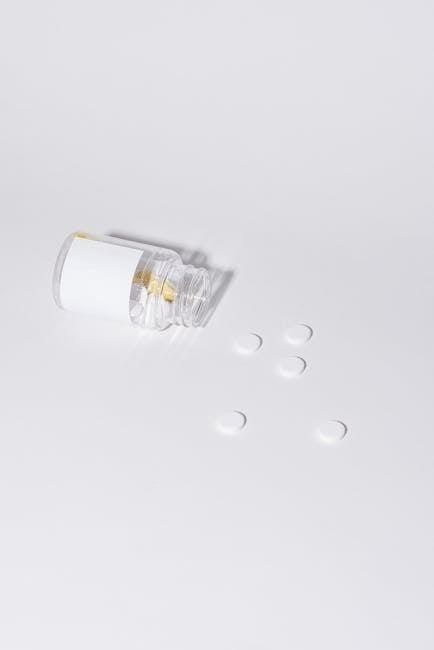
Step-by-Step Instructions for Using the Munchkin Bottle Sterilizer
Prepare the sterilizer, place bottles and accessories inside, add water, and run the sterilization cycle for a quick and effective cleaning process designed to eliminate germs.
2.1 Preparing the Sterilizer and Bottles
Before use, wash all bottles, nipples, and accessories in mild soapy water and rinse thoroughly with unsoftened water. Ensure the sterilizer is clean and dry. Add 7 fluid ounces of water to the base, preferably distilled to minimize mineral buildup. Place the rack inside the sterilizer, positioning bottles and accessories for optimal steam circulation. Invert bottles and face nipples downward to allow steam to reach all areas. Avoid overcrowding to ensure even sterilization. Allow the unit to cool slightly before handling to prevent burns from hot surfaces or steam. Always follow the manufacturer’s guidelines for preparation and safety.
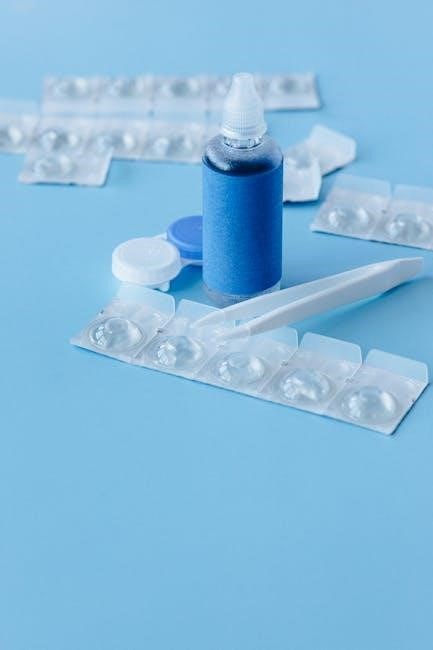
2.2 Placing Bottles and Accessories in the Sterilizer
Place up to four standard-size bottles in the sterilizer, ensuring they are positioned at an angle in the arrow-shaped notches on the rack. Invert the bottles to allow steam to reach the inside. Nipples and locking rings can be placed around the edges or in designated compartments. Pacifiers and small accessories should be arranged to ensure proper steam circulation. Avoid overcrowding to allow even sterilization. Always position items to prevent water from pooling, which can hinder steam distribution. Use the rack’s slots to secure items and ensure they remain submerged in steam during the cycle. Handle items carefully to avoid burns from hot surfaces after sterilization.
2.3 Adding Water and Setting Up the Sterilizer
Add 7 fluid ounces of water to the sterilizer base, preferably using distilled water to reduce mineral deposits. Place the rack back into the base, ensuring items are positioned for optimal steam circulation. Arrange bottles, nipples, and accessories as instructed, avoiding overcrowding. Secure the lid tightly to ensure proper steam distribution. Do not add bleach or chemicals, as steam alone is sufficient for sterilization. Double-check the water level and placement before starting the cycle to ensure effective sterilization. This setup ensures all items are exposed to steam evenly, achieving 99.9% germ elimination. Always follow the recommended water volume to avoid improper functioning.
2.4 Running the Sterilization Cycle
Once the sterilizer is properly set up, press the start button to initiate the cycle. The process typically takes 6 minutes, during which steam circulates to eliminate 99.9% of germs. Ensure the lid remains closed throughout the cycle for optimal results. After completion, allow the sterilizer to cool slightly before opening. Handle the unit with care, as surfaces may be hot. Keep items sterile by leaving the lid closed for up to three hours. This quick and effective process ensures your baby’s feeding items are safe and ready for use, providing peace of mind for parents.
Safety Precautions and Best Practices
Always handle hot surfaces with care, ensure proper ventilation, and avoid using chemicals. Keep the sterilizer out of children’s reach and follow instructions to maintain safety and effectiveness.
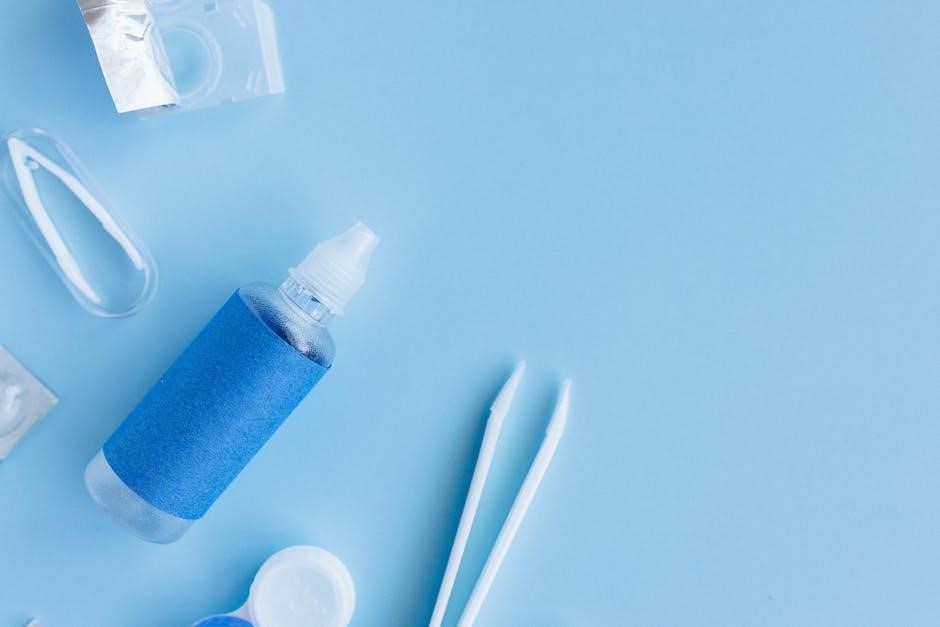
3.1 Handling Hot Surfaces and Steam
When using the Munchkin Bottle Sterilizer, always handle hot surfaces and steam with caution. The sterilizer generates high heat during operation, so avoid touching the lid or base without protection. Use oven mitts or tongs when removing items after sterilization. Allow the sterilizer to cool slightly before handling to prevent burns. Steam escaping from the unit can be extremely hot, so keep your face and hands away. Ensure children are kept at a safe distance during and after use. Proper ventilation is essential to prevent steam from causing burns or condensation buildup. Never touch internal components while they are hot.
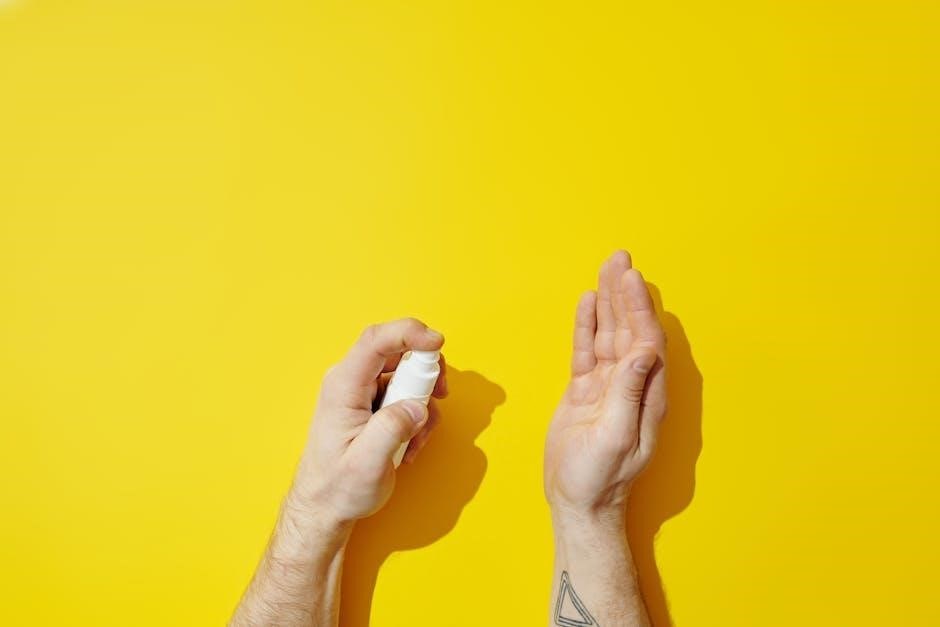
3.2 Ensuring Proper Ventilation
Proper ventilation is crucial when using the Munchkin Bottle Sterilizer to prevent moisture buildup and ensure safe operation. Always use the sterilizer in a well-ventilated area, keeping it away from walls or other obstructions that could trap steam. Avoid placing the unit in enclosed spaces, as this can lead to excessive condensation. After each use, allow the sterilizer to cool slightly before moving it to prevent steam from being trapped. Ensure airflow around the unit to help dissipate steam and moisture effectively. Proper ventilation not only enhances safety but also helps maintain the sterilizer’s efficiency and longevity.
3.3 Avoiding the Use of Chemicals
Avoid using chemicals in the Munchkin Bottle Sterilizer, as they can leave harmful residues on baby items. The sterilizer’s steam-based technology naturally eliminates germs without the need for chemical additives. Always use clean, distilled water to prevent mineral buildup and ensure safe sterilization. Never add bleach or other cleaning agents, as they can damage the sterilizer or harm your baby. Rely on the sterilizer’s steam power for effective and chemical-free cleaning, ensuring your baby’s bottles and accessories remain safe and free from harmful substances. This approach promotes a healthier environment for your baby’s feeding essentials.
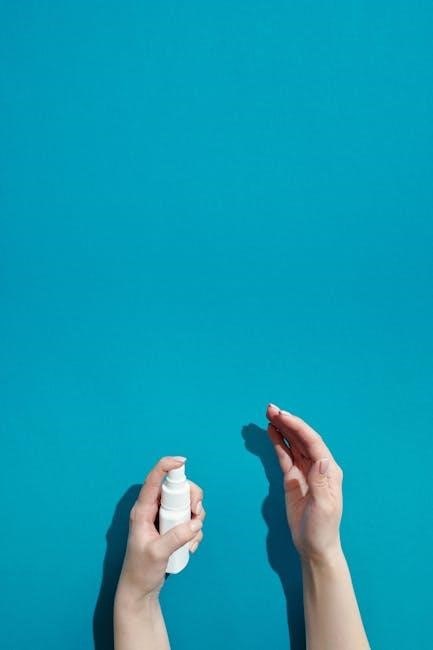
Maintaining Sterility After Sterilization
To maintain sterility, store sterilized bottles and accessories in a clean, dry place. Keep items sealed or covered to prevent contamination. Use within 24 hours for optimal results.
4.1 Storing Sterilized Items
After sterilization, store bottles and accessories in a clean, dry environment to maintain sterility; Use airtight containers or zip-top bags to prevent contamination. Ensure items are completely dry before storing to avoid moisture buildup, which can lead to mold. If not using immediately, store for up to 24 hours. Always check for any signs of moisture or condensation before use. Proper storage helps keep items sterile and ready for your baby’s next feeding, ensuring hygiene and safety.
4.2 Reusing Sterilized Bottles and Accessories
Once sterilized, bottles and accessories can be reused safely if handled properly. Always handle sterilized items by the edges to avoid touching surfaces that come into contact with your baby. Store them in a clean, dry environment until ready to use. If not used within 24 hours, re-sterilization is recommended to maintain hygiene. Ensure all items are dry before reuse to prevent moisture buildup. Reusing sterilized items correctly helps maintain their cleanliness and ensures your baby’s safety. This step is crucial for ongoing hygiene and effective sterilization.
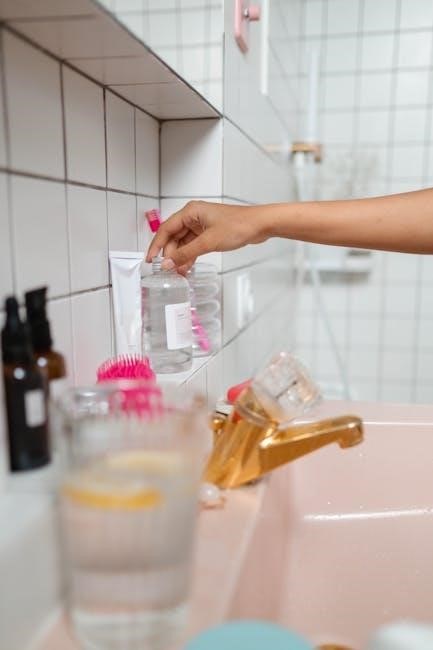
Cleaning and Maintaining the Sterilizer
Regular cleaning and descaling are essential for maintaining the Munchkin Bottle Sterilizer’s efficiency. Clean with mild soap and water after each use, descale monthly to prevent mineral buildup for optimal performance and longevity.
5.1 Regular Cleaning Schedule
Regular cleaning of the Munchkin Bottle Sterilizer is crucial to maintain its effectiveness. After each use, wash the interior and accessories with mild soap and warm water, then rinse thoroughly. Dry all parts with a clean towel to prevent water spots. For a deeper clean, run a cycle with a mixture of equal parts water and white vinegar once a week to remove any residue. Always allow the sterilizer to cool before cleaning to avoid burns. This routine ensures optimal performance and prevents the buildup of bacteria or mineral deposits over time.
5.2 Descaling to Prevent Mineral Buildup
Descaling your Munchkin Bottle Sterilizer regularly is essential to remove mineral deposits that can accumulate from water. Over time, these deposits can reduce the effectiveness of the sterilizer. To descale, mix equal parts water and white vinegar in the sterilizer basin. Run a complete sterilization cycle to allow the solution to circulate. After the cycle, rinse the interior thoroughly with clean water to remove any vinegar residue. Repeat this process every 1-2 months, depending on usage and water hardness. This maintains the sterilizer’s performance and prevents damage from mineral buildup.
Troubleshooting Common Issues
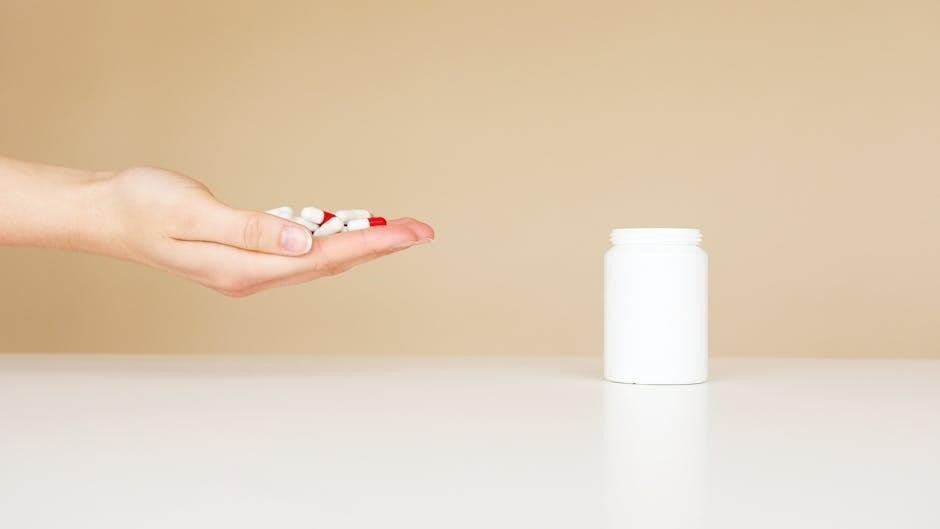
Common issues with the Munchkin Bottle Sterilizer include incomplete cycles or mineral buildup. Ensure proper water levels and descale regularly to maintain performance. Always unplug before cleaning.
6.1 Resolving Issues with Sterilization Cycles
If the Munchkin Bottle Sterilizer’s cycle isn’t completing, check water levels and ensure the lid is secure. Verify power connections and reset if necessary. For incomplete cycles, ensure proper water levels and lid alignment. If issues persist, refer to the user manual or contact customer support. Always unplug before troubleshooting to ensure safety. Regular descaling can prevent mineral buildup, which may disrupt cycles. Ensure water is added correctly and the sterilizer is placed on a flat surface for optimal performance. Following these steps should resolve most cycle-related issues effectively.
6.2 Addressing Mineral Deposit Problems
Mineral deposits can accumulate in the Munchkin Bottle Sterilizer over time, reducing efficiency. To address this, perform a descaling cycle every 1-2 months. Mix equal parts water and white vinegar in the sterilizer, then run a full cycle. For severe buildup, soak the affected parts in a vinegar solution for 30 minutes. After descaling, rinse thoroughly with clean water to remove any residue. Using distilled water can help prevent mineral buildup. Regular maintenance ensures optimal performance and extends the lifespan of your sterilizer, keeping it effective for sterilizing baby bottles and accessories.
The Munchkin Bottle Sterilizer offers a reliable, efficient, and safe way to keep baby bottles and accessories germ-free, ensuring peace of mind for parents and optimal hygiene for their baby.
7.1 Summary of Key Points
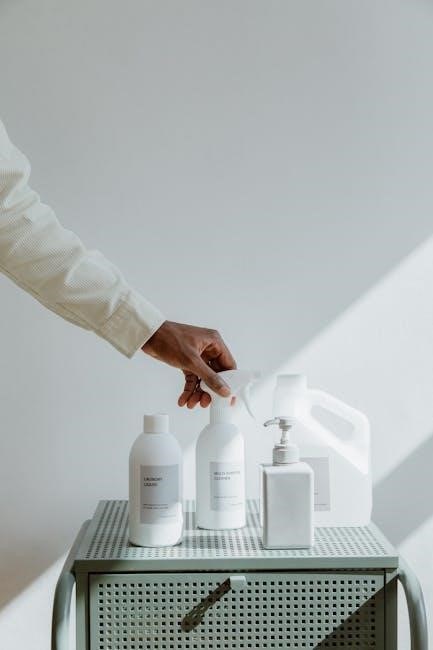
The Munchkin Bottle Sterilizer is a versatile and user-friendly appliance designed to ensure baby bottles and accessories are thoroughly sterilized. It utilizes steam power to eliminate 99.9% of bacteria, providing a safe and hygienic environment for your baby’s feeding essentials. The sterilizer is easy to operate, with clear instructions for adding water, placing items, and running cycles. Its compact design and portability make it ideal for daily use at home or on the go. By following the guidelines, parents can maintain sterility and ensure their baby’s health and safety.
7.2 Final Tips for Effective Sterilization
Always follow the manufacturer’s guidelines for water quantity and cycle times to ensure optimal sterilization. Use distilled water to minimize mineral deposits and maintain efficiency. Regularly clean and descale the sterilizer to prevent buildup and extend its lifespan. Store sterilized items in a clean, dry place to maintain their sterility. Reassemble bottles only when ready for use to prevent re-contamination. By adhering to these tips, you can ensure effective sterilization and keep your baby’s feeding essentials safe and hygienic.